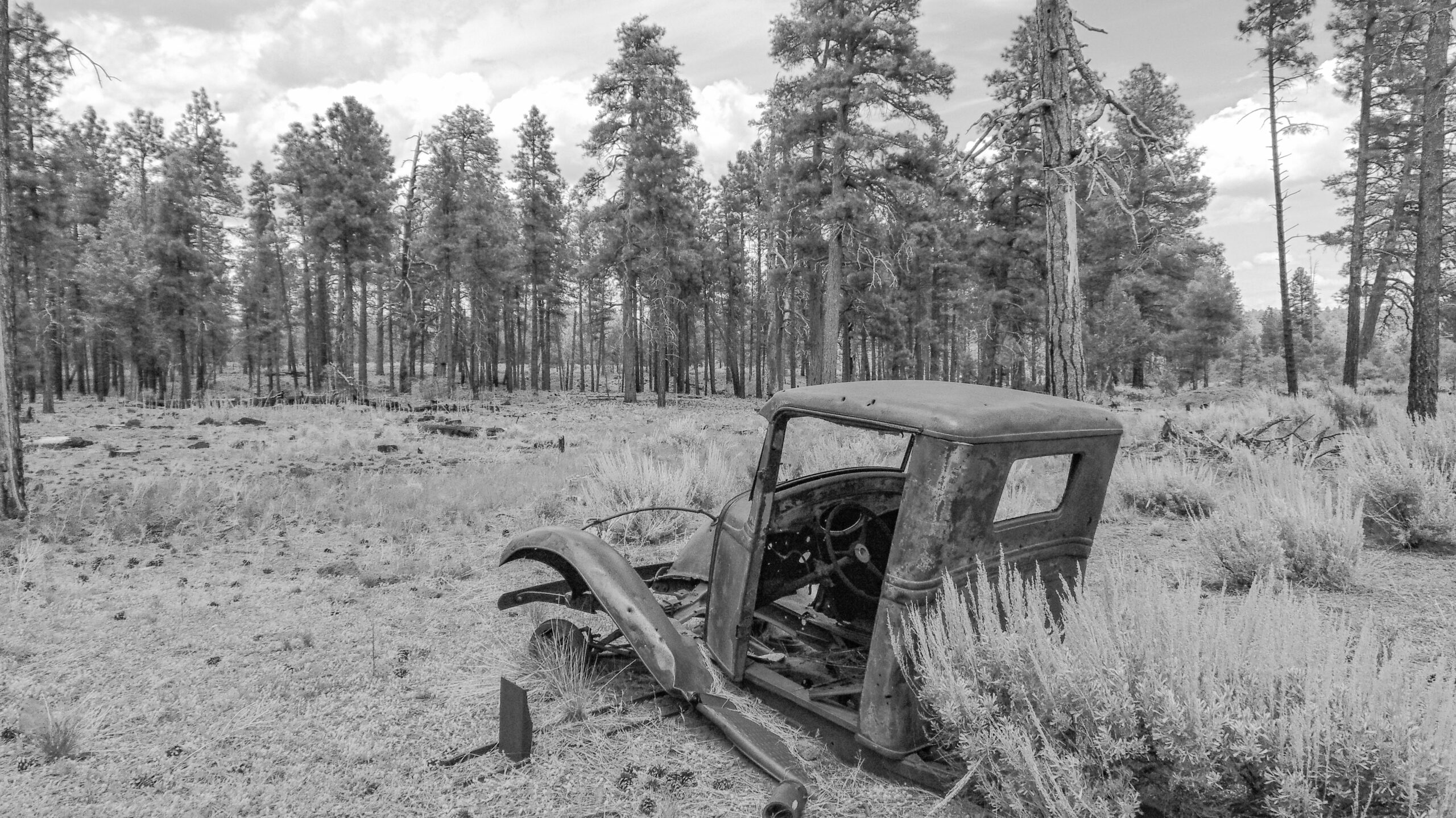TEXT OF LETTER FROM REPS. ORTON (UTAH) AND YOUNG (ALASKA)
Joseph E. Ross, Director
Congressional Research Service
Library of Congress
101 Independence Avenue S.E.
Washington, D.C. 20540
Dear sir:
On January 15, 1993, the Congressional Research Service released a report entitled “Highway Rights of Way; The Controversy Over Claims under R.S. 2477”. We have serious concerns about the historical accuracy, legal analysis, and objectivity of this report. We request that it be withdrawn pending a thorough and unbiased review of the attached analysis and historical materials.
The report concerns a controversy over the interpretation and effect of an 1866 Federal statute granting rights of way to the public for construction of highways over unreserved public lands. This simple one-sentence law provided the legal underpinning for the settlement of the West in the latter part of the 19th century. It also provided and continues to provide access to remote federal lands into the 20th century. In several western states, the RS 2477 grants formed the basis for county and state road systems, particularly in those states with laws reserving section lines for roads.
The grant was viewed as an open-ended offer that only required acceptance to vest. Historically, the department of Interior looked to state highway law as the standard for acceptance of the grant. Other than occasionally providing administrative validation of grants on request, the Federal government did little to keep track of the number or location of these rights of way for more than a century. RS 2477 was repealed in 1976 by the Federal Land Policy and Management Act (FLPMA), but valid existing rights were preserved.
Recently concern has developed regarding the possible effect of these rights of way for the management of federal lands and their potential to prevent certain lands from inclusion in the National Wilderness Preservation System. The 1993 Appropriations Act for the Department of Interior and Related Agencies directed the Department to study the history and impact of RS 2477 and to make certain recommendations to Congress by May 1, 1993.
Reportedly at the request of a member or Committee of Congress, the American Law Division of CRS prepared this report as an adjunct to the Department’s ongoing study. The staff of the American Law Division has been in contact and involved with departmental personnel during this entire process. A recently released draft report by the Department relies heavily on analysis and assertions made in the CRS report.
As the CRS report notes, RS 2477 has no legislative history which explains what Congress understood certain terms to mean. The report then explains the meaning of a key term, “highways”, by comparing the entries for “road” and “highway” in 1860 and 1865 editions of Webster’s American Dictionary of the English Language. Based on this single source, the report concludes that a highway means a “significant” road. Important conclusions are ultimately drawn from this exceedingly limited and inaccurate research. The conclusion of the report implies that this faulty conclusion is in fact an expression of legislative intent.
The report does not address extensive literature on the law of ways ( a subspecies of general property law) extending back through early American and English common law to Roman civil law. This body of law is quite clear on the definition of “highway’ in its most technical sense as a public right to cross the land belonging to another, or more colloquially as applied to roads, a public road. Definitions from mid-nineteenth century law dictionaries, treatises, statutes, and cases are attached to this letter as examples. They all agree on this fundamental point.
The CRS report also makes supporting inferences based on subsequent Acts relating to public lands. In some cases, this analysis is either not relevant or fails to discuss obvious alternative interpretations. Other Acts that do not support the theory advanced are not mentioned (examples also attached). The report summarily dismisses a number of cases directly interpreting RS 2477 as mere dicta because the principal articulated was broader than the actual holding of the case. Leaving aside the legal accuracy of that characterization, this is inappropriate in an inquiry focused on discovering relevant legal principles rather than distinguishing fact-specific adjudications.
The most troubling aspect of this report is that it fails to analyze the property law implications inherent in the concept of a valid existing right (of way). In the report, these rights are treated as though they exist as a discretionary administrative benefit under a land management regime, or alternatively, as a threat to some unarticulated management objective. The report finds seemingly irreconcilable conflict between private property and management provisions while giving only passing lip service to the accepted principle of statutory construction that a law should be interpreted to give effect to all of its provisions.
In sum, it appears that much of this report is a policy document in search of a legal rationalization rather than an objective, unbiased analysis. As such, it is a disservice to all points of view. Some of us undoubtedly have divergent viewpoints on the policy issues inherent in this controversy. But we all agree that the debate is not well served by incomplete, inaccurate, or biased information.
We strongly request that this report be withdrawn pending a thorough analysis and review by senior CRS staff not previously involved in this project, or by one or more unbiased outside consultants.
We would appreciate a decision and response at your earliest possible convenience.

